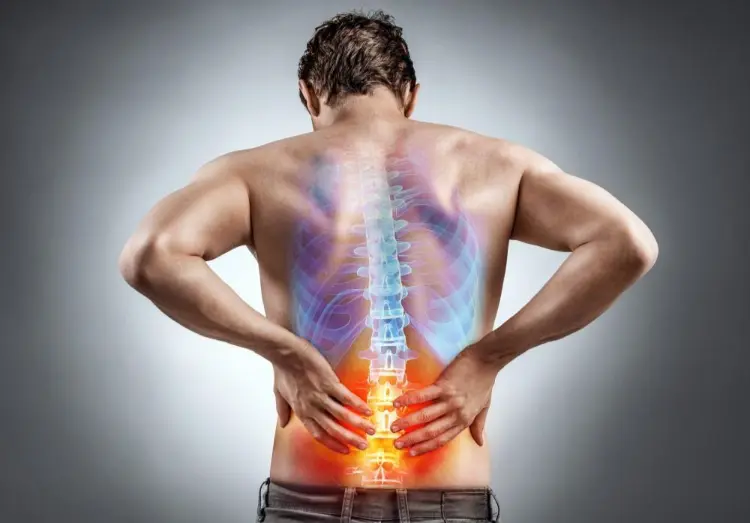Narrowing of the Spinal Canal Causing Nerve Compression in the Lower Back
What Is Lumbar Spinal Stenosis?
Lumbar spinal stenosis is a condition where the spinal canal in the lower back becomes narrowed, putting pressure on the spinal cord and nerves. This narrowing often results from degenerative changes associated with aging, such as disc bulging, ligament thickening, or bone spur formation. The condition may cause pain, numbness, or weakness in the lower back and legs.
Causes and Risk Factors
- Age-related degeneration of discs and joints
- Herniated discs that protrude into the spinal canal
- Thickened ligaments (especially ligamentum flavum)
- Bone spurs from arthritis
- Congenital spinal canal narrowing
- History of spinal surgery or trauma
Symptoms
- Lower back pain that may radiate to the buttocks or legs
- Numbness or tingling in the legs or feet
- Leg weakness or fatigue, especially with walking
- Pain relief when sitting or leaning forward (e.g., pushing a shopping cart)
- Difficulty walking long distances due to leg discomfort (neurogenic claudication)
Diagnosis
- Medical history and physical examination
- Neurological evaluation (reflexes, strength, sensation)
- Imaging studies:
- MRI is the gold standard for visualizing spinal canal narrowing and nerve compression
- CT scan with or without myelogram for detailed bone assessment
- X-rays to evaluate spinal alignment and joint degeneration
Treatment
Non-Surgical Treatment
- First-line management for most patients with mild to moderate symptoms
- Includes:
- Activity modification and posture training
- Anti-inflammatory medications (NSAIDs)
- Physical therapy to improve core strength and flexibility
- Epidural steroid injections to reduce nerve inflammation and pain
Surgical Treatment
- Considered for patients with persistent pain, weakness, or significant disability
- Common procedures include:
- Laminectomy: Removal of the lamina (back part of the vertebra) to create more space for nerves
- Laminotomy: Partial removal of the lamina to decompress specific nerve roots
- Spinal fusion: Sometimes performed with laminectomy if there is spinal instability
- Minimally invasive decompression: Available for select patients with less severe stenosis
Recovery Timeline
- Non-surgical patients often improve over weeks to months with therapy and injections
- After laminectomy or minimally invasive surgery, recovery takes 4–8 weeks
- Full recovery from laminectomy with fusion may take 3–6 months, including physical therapy
- Most patients experience significant symptom relief and improved mobility
Expert Treatment at Kerlan Jobe Institute
At Kerlan Jobe Institute, our spine specialists use the latest diagnostic tools and evidence-based treatments to manage lumbar spinal stenosis. Whether through conservative management or advanced minimally invasive surgery, we’re committed to restoring mobility and quality of life for every patient.

